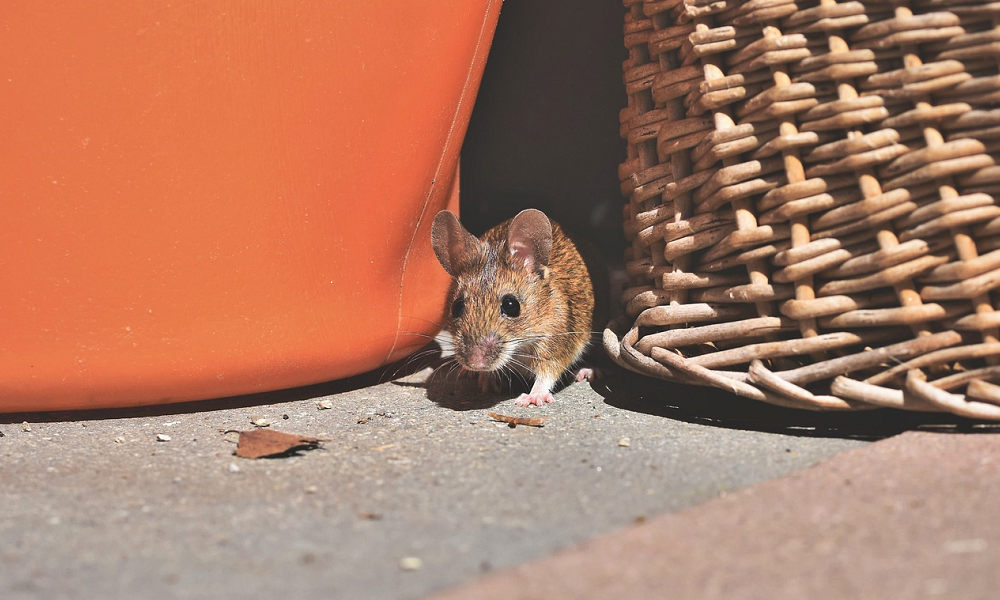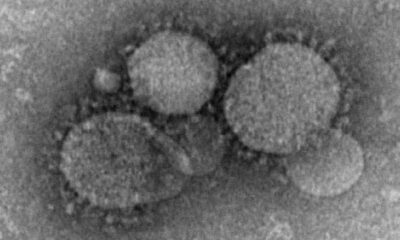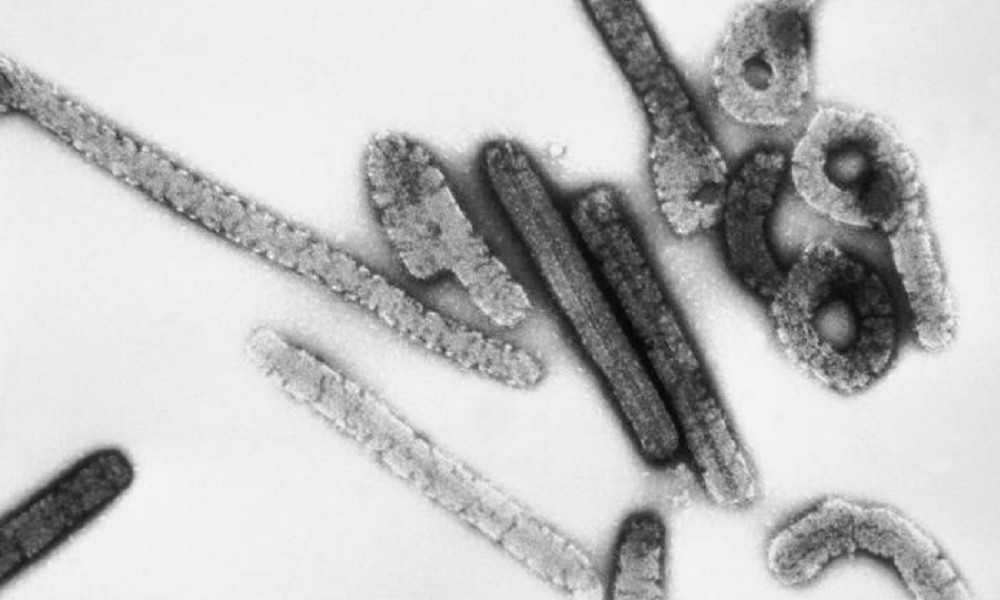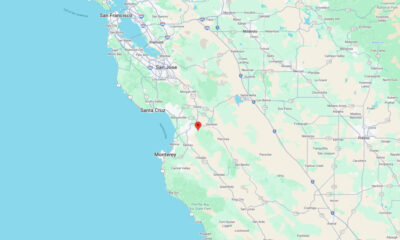US News
Another 36 house mice in New Mexico test positive for H5N1 bird flu

The number of house mice infected with H5N1 bird flu at a poultry farm in New Mexico has risen to nearly 50, federal officials disclosed on Tuesday, just a week after bird flu was found in rodents for the first time.
The Animal and Plant Health Inspection Service at the U.S. Department of Agriculture reported in its weekly update that another 36 house mice had tested positive for H5N1 in Roosevelt County, New Mexico.
The first 11 cases were reported last week though only few details have been released about the outbreak.
A weekly report from the World Organization for Animal Health said the first 11 cases involve wild house mice at a poultry farm in Roosevelt County. A red fox at the same property was also found to be suffering from H5N1.
This is the first known outbreak in the real world involving the common house mouse. Mice had previously only been infected as part of laboratory experiments.
The global spread of H5N1 clade 2.3.4.4b – and the recent spread to a growing number of mammals – has raised concern about the possibility of human-to-human transmission from a future variant, though so far only a few human cases have been found after contact with infected birds or cattle.
H5N1 bird flu has spread to at least 3 new species during the past few months. In addition to the mice, alpacas in Idaho were found to be infected with the virus in late May and dairy cows tested positive for the first time in late March.
The number of outbreaks at dairy farms in the U.S. has since risen to 91 across 12 states.
Three workers at dairy farms in Michigan and Texas tested positive for H5N1 bird flu but only one of them experienced acute respiratory illness. More serious cases have been reported in other countries though none have involved human-to-human transmission.
Last month, the U.S. government announced nearly $200 million in funding to fight the spread of H5N1 bird flu in dairy cows, including support for dairy farms, testing, vaccine development, surveillance and measures to ensure the safety of commercial milk.

-

 Health3 days ago
Health3 days agoFrance confirms 2 MERS coronavirus cases in returning travelers
-

 Health6 days ago
Health6 days ago8 kittens die of H5N1 bird flu in the Netherlands
-

 US News1 week ago
US News1 week agoExplosion destroys home in Oakland, Maine; at least 1 injured
-

 Legal7 days ago
Legal7 days ago15 people shot, 4 killed, at birthday party in Stockton, California
-

 Entertainment3 days ago
Entertainment3 days agoJoey Valence & Brae criticize DHS over unauthorized use of their music
-

 US News5 days ago
US News5 days agoFire breaks out at Raleigh Convention Center in North Carolina
-

 Health1 week ago
Health1 week agoMarburg outbreak in Ethiopia rises to 12 cases and 8 deaths
-

 US News1 week ago
US News1 week agoEarthquakes rattle area between Salinas and Hollister, California




